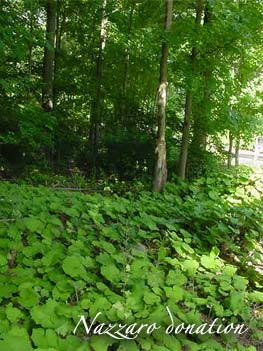 Conservation Easement
Conservation Easement
Many owners want the land that they have loved to retain its beauty, character and wildlife value – whether it is a working farm, forest land, shoreline or other open space. Also, owners may realize significant tax benefits:
A conservation easement can substantially reduce estate taxes. Even if heirs wish to keep property in an undeveloped condition, the federal estate tax is levied not on the current use value of the property, but on its “highest and best use” – the amount a developer or speculator would pay. An estate tax at a rate as high as 55% could be hundreds of thousands or millions of dollars and force heirs to quickly sell all or part of the land for development, just to pay the tax. However, an easement that limits development will generally reduce the fair market value and thus result in lower estate taxes.
With a reduced fair market value, the property taxes may be lower.
In many cases, the value of the easement can be treated as a charitable gift and deducted for income tax. The value of the easement is the difference between the land’s worth without the easement and its worth with the easement. For example, if a property is worth $500,000 unrestricted and an easement that limits development reduces the worth to $200,000, the value of the donation is $300,000.
The use is specified by the landowner. For example, the owner might give up the right to build additional residences, but retain the right to grow crops. Or the easement may apply to just a portion of the property, leaving the option of development for the remaining part. Consistent with the easement terms, the landowner can still own, build upon, sell, lease, mortgage, farm or otherwise use the property.
No. An easement does not give the public any rights to your land unless you decide to include such rights in the easement.